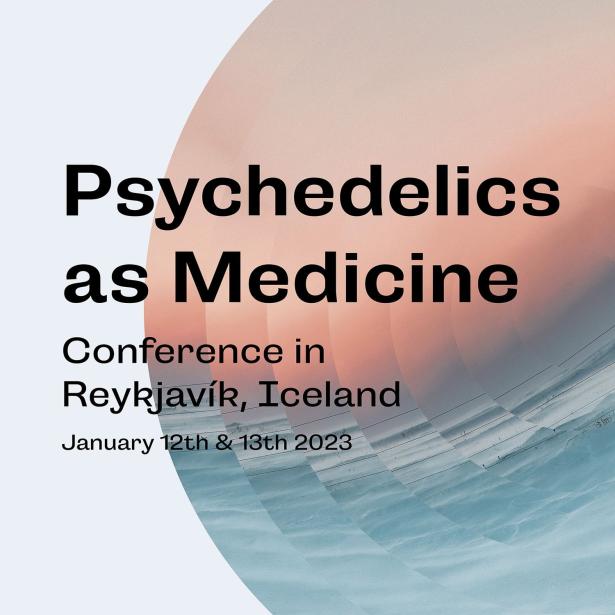LSD was accidentally discovered by Albert Hofmann at the Sandoz pharmaceutical company in Switzerland in 1938. It was apparently useless, but from 1947 it was marketed as “a cure for everything from schizophrenia to criminal behavior, ‘sexual perversions’, and alcoholism”. It failed to find its niche.
Now, over 80 years later, it may finally have found one – other than expanding consciousness, that is. A new study shows that it is highly effective at treating generalised anxiety disorder for up to 12 weeks with just a single dose. And it is fast acting.
General anxiety disorder (hereafter referred to simply as “anxiety”) is a mental health condition characterised by excessive worry, fear and anxiety about everyday situations. It affects about 6% of adults during their life. Treatments include psychotherapy, such as cognitive behavioural therapy, as well as medications, such as antidepressants and benzodiazepines.
Psychotherapy is expensive and takes weeks or months, while drugs need to be taken daily for weeks, months or even years. And these can have side-effects. Benzodiazepines are very addictive, while SSRIs (the latest generation of antidepressants) have a variety of side-effects including sexual dysfunction.
In addition, there are many anxious patients for whom none of the established drugs work. Clearly, new drugs for anxiety are needed.
A clinical trial in the US by the biopharmaceutical company MindMed has shown that a form of LSD (lysergide d-tartrate), given at a relatively low dose, can effectively treat people with anxiety.
Patients were given the drug at 25µg, 50µg, 100µg or 200µg. This was a phase 2b clinical trial, which is where different doses of a drug are tested in a group of people with the illness in question. The purpose is to find a dose that works while having acceptable side-effects. It was found that the 100µg dose was very effective while having only relatively minor side-effects.
The study used the Hamilton anxiety scale to measure anxiety levels. Researchers found improvements in anxiety levels within only two days of administration of their drug.
Further improvements were seen four and 12 weeks into the study. At 12 weeks, 65% of the patients were less anxious, with 48% of patients no longer meeting the clinical criteria for anxiety.
The results were so remarkable that the Food and Drug Administration (the organisation that approves new drugs in the US) has designated this a “breakthrough” drug. This means the FDA will work closely with MindMed during the next phase of testing in humans (called “phase 3”). This is where a larger group, usually up to 3,000 patients, is tested.
In phase 3, LSD may also be tested against established drugs for anxiety to determine if it works as well or possibly even better than those already in clinical use.
Psychedelics shown to treat a range of disorders
Previous studies have examined certain illicit drugs, usually hallucinogens or psychedelics, as treatments for depression, post-traumatic stress disorder, anxiety and addiction. LSD, ecstasy (MDMA), ketamine, ayahuasca and psilocybin all seem useful in various mental health conditions.
A single dose of ketamine can alleviate depressive symptoms for up to a week. The current study by MindMed is the first positive single-dose study, with no psychotherapy, of LSD for anxiety.
It is incredible to think that the US war on drugs which started with Richard Nixon in 1970, and the consequent difficulties in scientifically examining these illicit drugs, has lasted this long.
Most of these drugs were outlawed and scheduled as having “no accepted medical use”. Five decades later, we are finally finding clinical uses for these drugs.
The data from the MindMed study has been sent to a top science journal for peer review, so we should not get carried away just yet. A phase 3 trial is still needed. However, if a single dose of LSD does work for 12 weeks, then this is truly remarkable. We could be on the verge of a new era of treatments for mental health problems.
Correction: A previous version of this article gave the LSD doses in milligrams. They should have been in micrograms.![]()
Colin Davidson, Professor of Neuropharmacology, University of Central Lancashire
This article is republished from The Conversation under a Creative Commons license. Read the original article.


Spread the word